Harn Collections
The Harn’s collections consist of more than 13,300 works of art. They are displayed in exhibitions at the Harn and at other art institutions as a part of our traveling exhibitions and art-loaning programs. The Harn’s collections focus on African, Asian, modern and contemporary art, and photography with significant representation of Ancient American and Oceanic art, and a growing collection of prints and drawings before 1850.
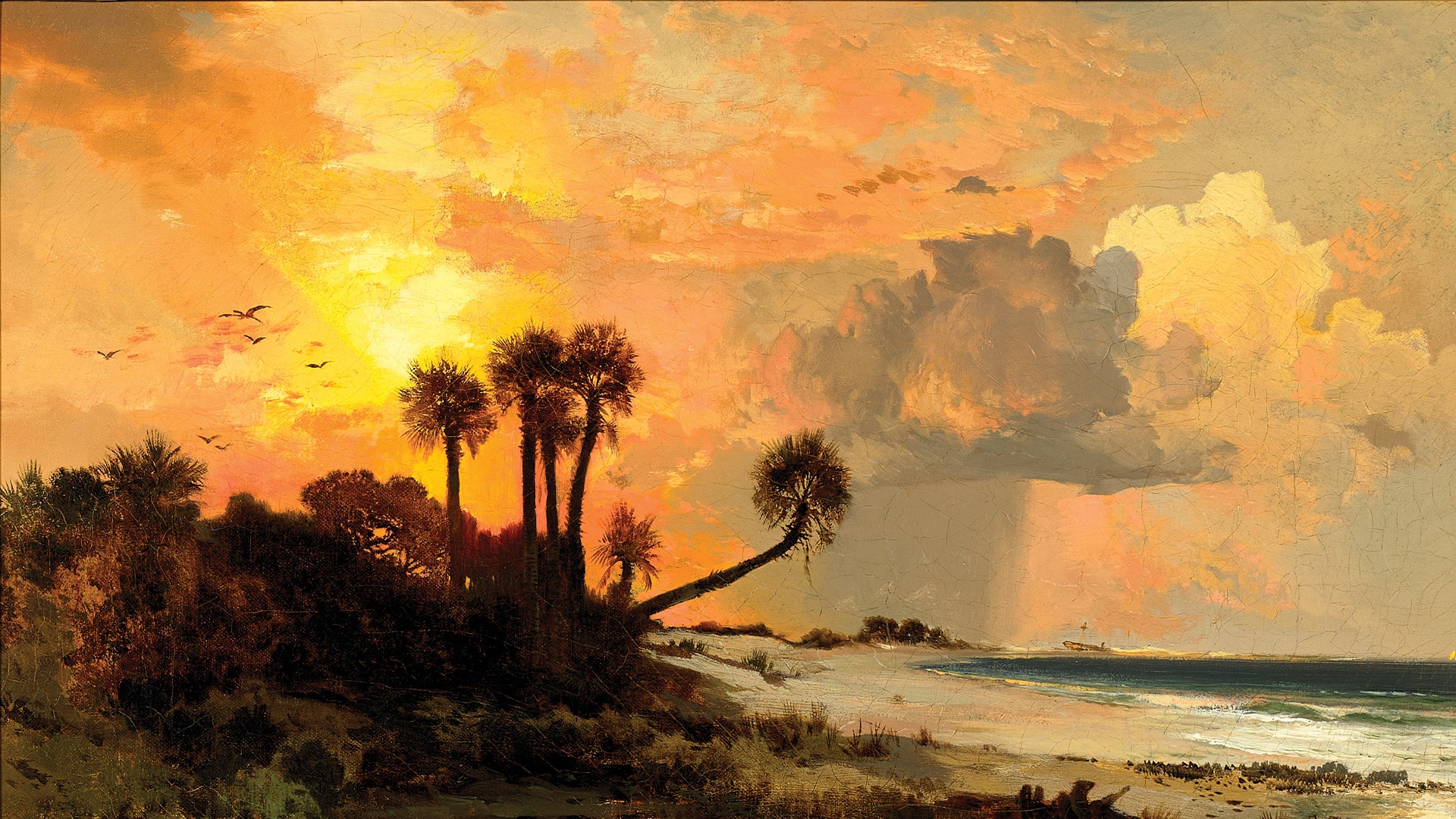

African Collection
Wood Sculptures, Textiles, Ceramics, Leatherwork, Beadwork, Metalwork and Paintings
Objects range from 5th century BCE to the 21st century.
The Harn Museum’s African Collection includes works that illuminate the diversity and historical depth of Sub-Saharan African art. The Harn collection is distinctive in the strength of its holdings that include a broad range of geographic regions, media and historical periods, ranging from the 5th century BCE to the 21st century.
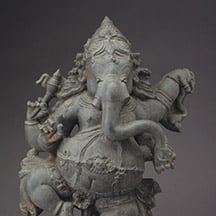
Asian Collection
Ceramics, Jades, Metalwork, Stone Sculptures, Paintings and Prints
Objects range from the Neolithic period to cutting-edge contemporary art.
With approximately 4,000 works of art spanning over 4,500 years of history and traditions from Asia, the world’s largest and most populated continent, the Harn Museum’s Asian art collection stands out for its holdings of traditional and modern Japanese prints, 19th-century Chinese and Korean ink paintings, and Hindu and Buddhist sculptures and folk art from the Indian subcontinent.
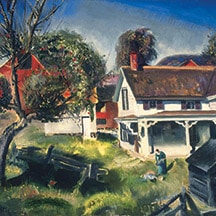
Modern Collection
Paintings, Sculpture, Prints and Drawings
Objects ranging from the mid-19th century to the first half of the 20th century.
The Modern collection comprises more than 2,200 works of art from the United States, Latin America, and Europe. A strength of the modern collection is its representation of American art, especially landscapes, urban themes, social realist themes, WPA prints, and Florida-themed art.
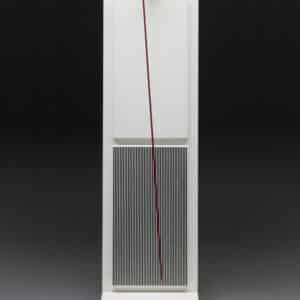
Contemporary Collection
Multi-media, Painting, Photography, Installation and Film
Art ranging from 1945 to the present.
The Contemporary collection encompasses over 1,700 objects of international art in all media. Exemplary works from major contemporary art movements are represented with works by emerging artists from around the world.
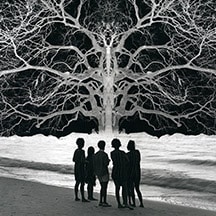
Photography Collection
Daguerreotypes to Large-scale Color Prints
Photographs ranging from the 19th century to contemporary.
The Harn Museum’s Photography collection covers the history of photography from 19th century daguerreotype portraits to 21st century-photographs by key figures from Europe and the U.S. to contemporary images by noted national and international photographers.
What’s on view?
See what’s on view now and in the future by visiting our exhibitions page.
